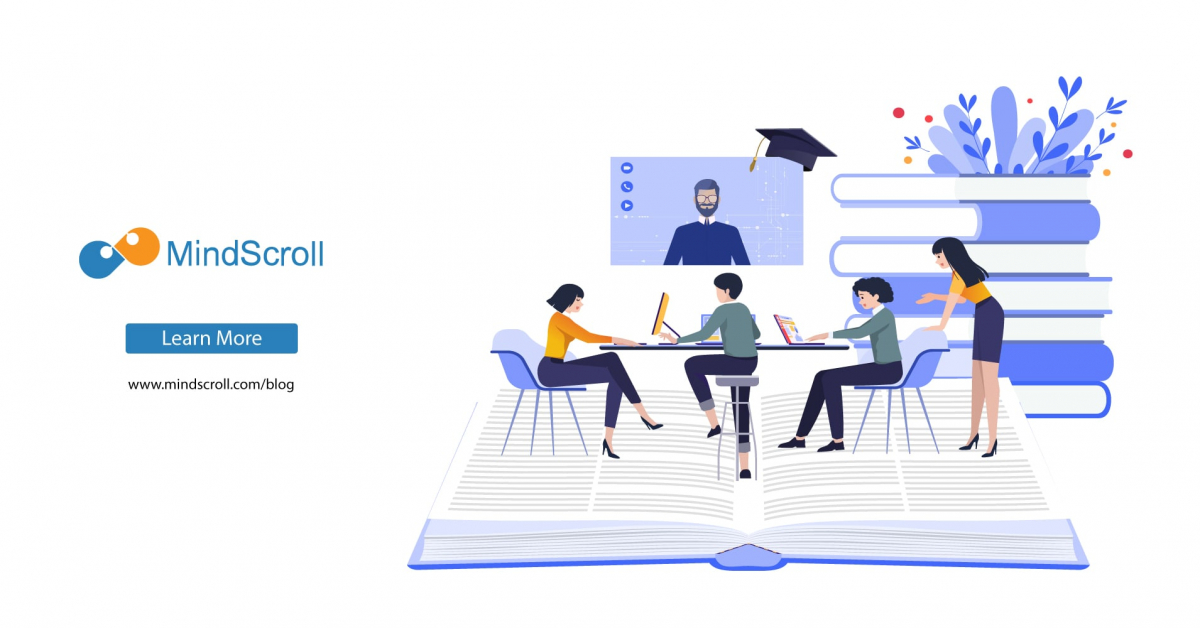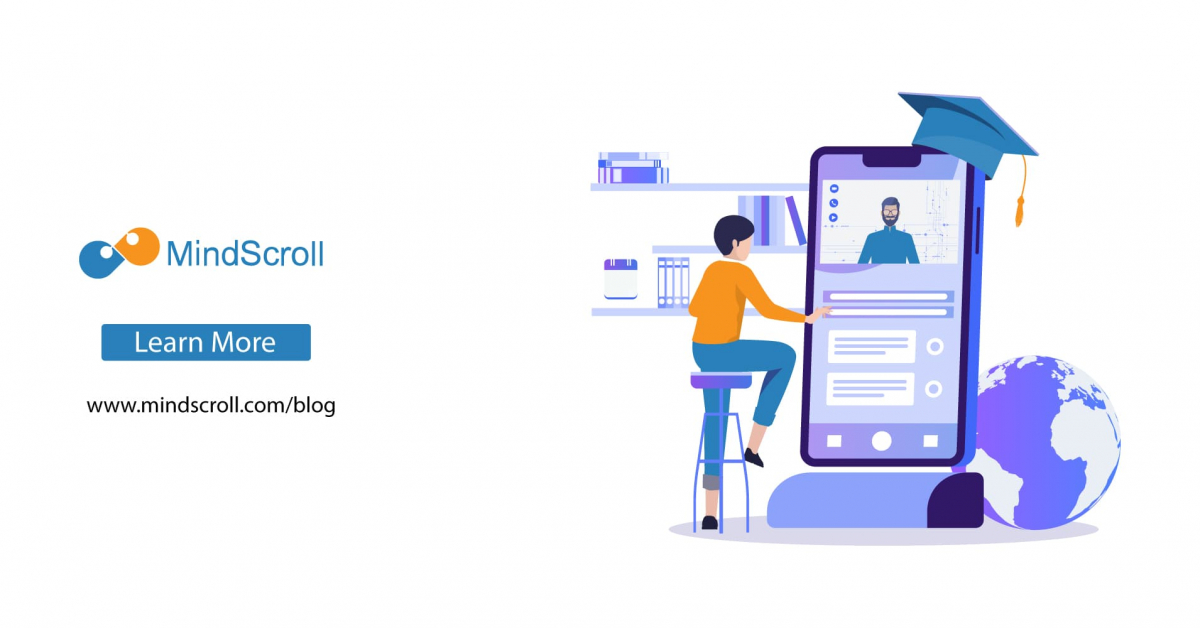Employee training programs have many benefits. Such as increasing revenue, improving employee retention, and reducing costs. When implemented properly it can reduce your new employee onboarding and employee turnover. It can also have a positive effect on productivity, efficiency, and innovation. Hence they are good for your employees and your company as well.
But, building a good program isn’t easy. There are many issues that can make your training ineffective and costly. Such as developing programs that don’t support your business objectives or identify the actual purpose of training. It can be an even more difficult task for larger companies. So, how can you build a great program? How do you improve your strategy? In this blog article, we show you 5 simple steps you can develop an effective employee program that actually works.
1. Find out all your training needs
You need to assess your company needs before planning your program. Identifying a clear set of needs will help in evaluating the success of your programs. It will also help you in prioritizing the goals that are most important and have the biggest impact on your company. Needs such as new hire training and on-boarding will be those skills that you need to teach new staff. While as needs like regular staff training will be those skills that your current workforce needs to improve their workflows/support a new market or product. Moreover, your basic needs will have to support your business goals. Such as increasing efficiency and revenue, reducing waste and expenses, complying with regulations or supporting a new product. You’ll have to determine the tasks that your staff will need to perform to reach your business goals. You’ll also have to find out the activities that will help your workforce to perform those tasks. For e.g., product demonstrations, production process overviews and hands-on practice of the tasks. Next, you’ll have to determine the learning characteristics of your staff. Such as if they prefer self-paced or self-guided learning, and instructor-led or computer-based online training, etc.
2. Set your learning goals and objectives
Set concrete objectives before you create content covering these goals. Goals may address skills, knowledge, and attitudes that your staff should know and hold. Your goals should also be SMART (Specific, Measurable, Achievable, Relevant, and Time-bound). Before setting any objectives, ask questions such as follows: How will your staff performance improve? How will your staff retention rates improve? How will your staff better achieve business goals? Companies should also ask themselves what business impact they want to meet. By finding opportunities for improvement and assessing what’s occurring within your company, you can please your employees as well as positively affect your business.
3. Design your training materials and resources
Design materials that are focussed on your learning goals and needs of your staff. Break your content into small chunks (microlearning) that are easy to understand. Use the blended learning method. And include scenarios, storytelling, hands-on practice, and staff feedback. Next check your existing resources, budget and the organizational support that you already have. Are there existing materials that you can create/reuse (Word, Excel, PowerPoint presentations, documents, flip-charts, posters, videos, etc)? Do you have in-house resources and knowledge (video equipment, content creators, etc) needed to make your content? Do you have the budget to hire experts to make customer training materials? Can you use commercial courses or free resources? Can you partner with a training provider for custom content? How much time your staff can devote to learning? Finding answers to these questions will help to make your training more effective.
4. Implement with the right software
Getting your learning content to your workforce and informing them about the training is the next important step. This will make sure they get the necessary time to prepare in advance and work it in their schedules. An LMS can play a great role to help you in this phase. It can deliver, track and give report. It can also automate a lot of tasks (scheduling, clerical and notification) which you may be doing yourself. Then comes the actual implementation that can take place in many ways. Such as completion of eLearning courses/modules, classroom learning, role-playing activities, group assignments, case studies, and focus groups etc.
5. Evaluate your program
Assessing your programs is essential for their success and longevity. The best learning and development programs improve and evolve. A successful program is also measurable with reachable objectives. Measuring employee progress will help you in evaluating how effective your training is and how you can further improve it. You can do this using the Kirkpatrick Model of evaluation. Find out if your workforce like the training? This can be found by feedback surveys/quizzes (paper/online) and asking them their views. Next, find out if your staff actual learned? This can be done by simple tests for job simulations, case studies, and hands-on exercises, etc. You can also ask them about their performance pain points. With in-built analytics in LMS, you can track the number of employees and the times and duration of learning on your online program. The next very important step is to check if your staff is actually implementing their new skills/knowledge/attitudes in their jobs. You can determine it by performance-based metrics and observations of their on the job behavior. Also, check if your business goals were completed. Such as changes in revenues/costs/production process etc.
Final word
By now you must know the importance of training at the workplace. But its effectiveness requires proper planning, development, and implementation. It also depends on how you deliver and evaluate it. A successful program can increase your ROI and employee engagement. It can also increase your profits and delight your customers.
Move your learning operations online and improve the productivity of your employees. Sell your solutions online and grow your business. Explore virtual classrooms, training management systems, test platforms, and collaborative eLearning tools. Discover how MindScroll is among the best cloud LMS available today. Start your 15-day free trial today and join our 100,000 users worldwide.
LMS, Learning Management System, Micro Learning, Cloud LMS, Learning Platform, Sales Training, Product Training, Employee Development, Latest Technology Trends, Learning Technologies, Personalized Learning, Mobile Learning, TMS, Training Management System, Instructor Led Training, Blended Learning, Training Administration, TRMS, Online Training Academy, Elearning, Centralized Training Content, Training Effectiveness, Customer Training, Retail Training, Video based learning, Elearning videos, Customer Service Training




